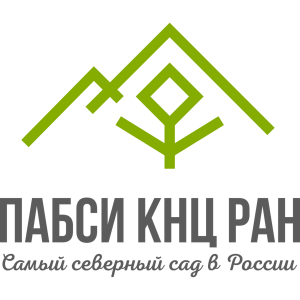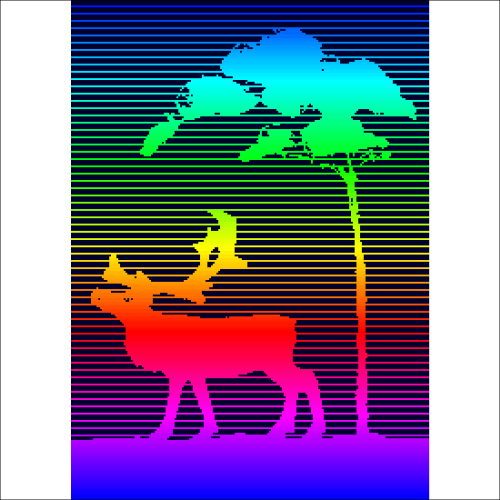Laboratory of Flora and Vegetation
Publications
98
Citations
2 071
h-index
18
Authorization required.
The study of flora and vegetation of the Arctic and mountainous regions; the study of biodiversity of plants, fungi, lichens, algae; the study of systematics and phylogeny of plants.
- Comparative floristry
- Molecular systematics
- Anatomical and morphological
Nadezhda Konstantinova
Head of Laboratory

Liudmila Konoreva
Leading researcher

Anna Vilnet
Senior Researcher

Olga Belkina
Senior Researcher

Natalia Koroleva
Senior Researcher

Yuriy Mamontov
Senior Researcher

Alexey Melekhin
Senior Researcher

Mikhail Kozhin
Senior Researcher

Tatyyana Demahina
Researcher

Tatyyana Drugova
Researcher

Natalyya Kirillova
Researcher

Ekaterina Kopeina
Researcher

Alena Danilova
Engineer

Oksana Rodina
Engineer

Anatoliy Savchenko
Engineer

Ekaterina Budanova
Senior Assistant

Anastasiya Starikova
Research assistant
Research directions
Assessment of the impact of alien plant species on agriculture, urban environment and natural ecosystems of the Murmansk region
+
The introduction and settlement of alien species is currently a serious problem in many regions of the world. They are often the cause of significant negative consequences for the environment, economy and human health. According to the global assessment, it was shown that about 10% of new introduced alien species can gain a foothold in the territory and 10% of them will turn into problematic invasive species. For the regions of the Arctic and Subarctic of Russia, no assessment of the invasive status of introduced vascular plant species has been undertaken so far. During the implementation of the project, it is planned to make such an assessment for the first time using the example of the Murmansk region. It is expected to use the recommendations of the International Union for Conservation of Nature and the guidelines for the assessment of invasive species developed for Norway. It is characterized by a clear elaboration of the evaluation scheme and the system of criteria. The basis for the assessment will be a checklist of adventitious species of vascular plants in the region (more than five hundred species). A special web application will be developed and used as a platform within the framework of the Flora of Russian Lapland information system. Large-scale field work is expected to update data on the spread of potentially invasive vascular plant species. The results of the assessment of the invasive status of adventitious vascular plant species will be published in scientific articles and available on the Internet as an open resource. Based on the assessment, a "Blacklist of vascular plants of the Murmansk region" will be formed, which can be used by the authorities to develop special measures to reduce the negative impact of invasive plants. Special attention will be paid to the role of the influence of invasive vascular plant species on ecosystems important for farming and living of the indigenous population (Sami) and the Russian Pomors living on the Kola Peninsula for a long time.
Biological diversity and functioning of the Arctic mountain ecosystems of the Kola Peninsula in the era of global climate change
+
The project is aimed at a comprehensive study and analysis of the current diversity, functioning and dynamics of ecosystems of the highest belts in the mountains of the Kola Peninsula – the mountain tundra and the belt of char deserts, poorly studied in the European Arctic and Subarctic as a whole. The project implementation provides for the study of microclimatic conditions, flora of vascular plants and cryptogamous biota, structure and functions of soil and vegetation cover, as well as the composition of invertebrates, both in anthropogenically altered mountainous areas (in the vicinity of mining and processing enterprises Phosagro and KMK), and in relatively untouched territories (NP "Khibiny", nature reserve Seidyavvr et al.).
Analysis of the hidden diversity of cyanobacteria in the Arctic territories
+

Due to the unique combination of photosynthesis and fixation of molecular nitrogen, cyanoprokaryotes (cyanobacteria) are among the most widespread and most important producers in the Arctic. The study of the diversity, ecological features and zonal distribution of cyanoprokaryotes of high-latitude regions is necessary to understand the patterns of structural and functional organization of microbial communities of terrestrial ecosystems. The degree of knowledge of the biodiversity of cyanoprokaryotes of the polar regions and the peculiarities of their distribution is very low. The data on the diversity of cyanoprokaryotes in various regions of the Arctic, accumulated by the team of authors, show that the potential species richness of the flora of high-latitude territories can be very high. Simple morphology combined with ecological plasticity makes it difficult to identify cyanobacteria based only on anatomical and morphological features. The use of algologically pure cultures and molecular genetic analysis of the 16S rRNA and 16S-23S ITS gene sequences makes it possible to identify the hidden diversity and cryptic species of cyanobacteria. The purpose of this study is the morphological and molecular genetic characteristics of cyanoprokaryotic strains isolated from various regions of the Arctic and Subarctic, clarification of their taxonomic position, identification and description of new taxa of cyanobacteria, analysis of the distribution of cryptic species in Arctic ecosystems. One of the tasks of the work is to assess the biotechnological potential of cyanobacteria strains from extreme habitats for the reclamation of man-made substrates and polluted soils of the Arctic.
Publications and patents
Found
Nothing found, try to update filter.
2022
—
2024
| Королева Наталья Евгеньевна
2021
—
2023
| Давыдов Денис Александрович
Lab address
г.Апатиты, Мурманская обл., ул.Ферсмана, 14
Authorization required.




